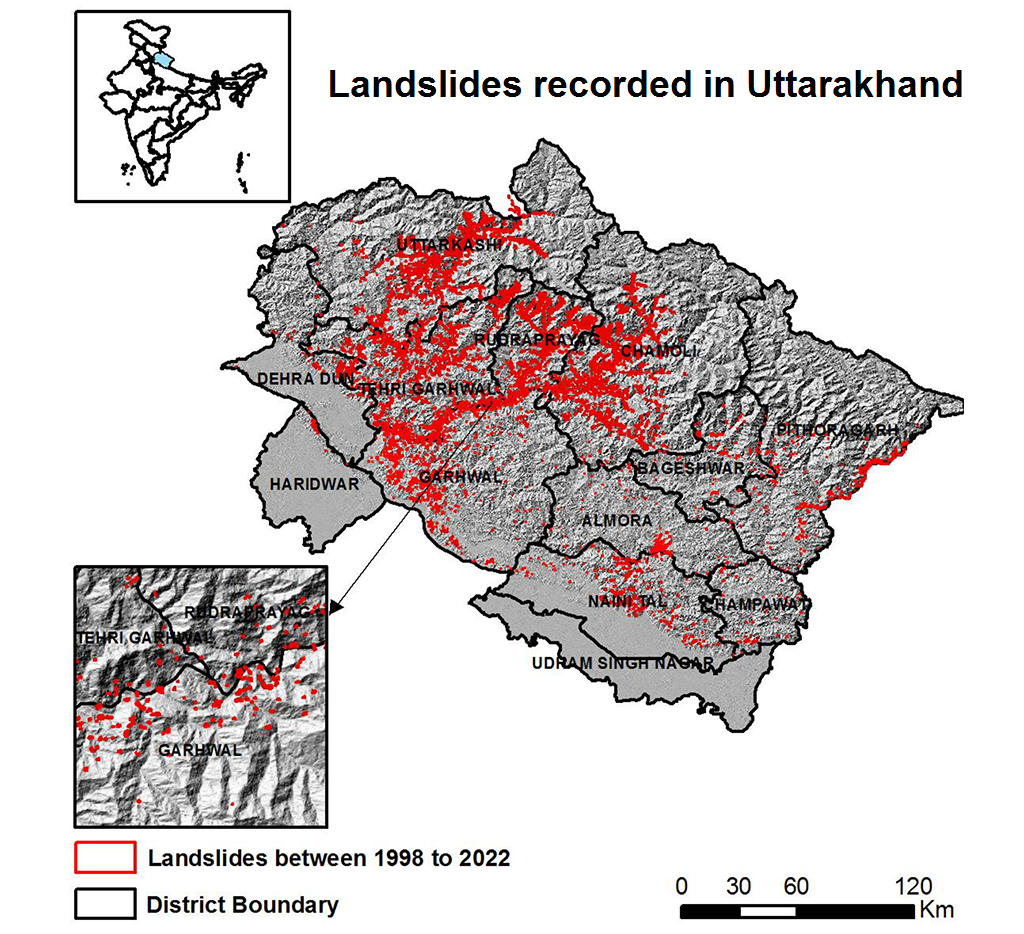Rapid Fire Current Affairs | 09 Mar 2023
Vision Screening for Drivers
Based on the observation by the Supreme Court-appointed Committee on Road Safety that 1.5 lakh people die every year as a result of road crashes, it has become imperative to provide vision screenings for drivers in the National Road Safety Plan (NRSP).
As per the Ministry of Health and Family Welfare (MoHFW), it has been established by traffic safety research groups that uncorrected vision issues are common among drivers, regular eye testing for vision prevents road accidents and should be included for road safety and drivers’ well-being.
While the MoHFW has endorsed the move, the next step is for the Ministry of Road Transport and Highways (MoRTH) to include regular vision screening in its road safety activities. At present, eye check-up camps organised by the MoRTH are a one-time event.
Apart from participating in screening camps conducted by the MoRTH, Sightsavers India has been running a project called ‘RAAHI - National Truckers Eye Health Programme’ at major National Highways, over the last five years.
Read More: Road Accidents in India: Impacts & Way Forward
Most Landslide-prone Districts of India
According to satellite data by the Indian Space Research Organisation (ISRO), Rudraprayag and Tehri Garhwal in Uttarakhand are the most landslide-prone districts in the country. The recent case of Joshimath, Uttarakhand is also one of the major incidents that took place. Some of the other cases include the disaster in Kedarnath in 2013 and the landslides caused by the Sikkim earthquake in 2011.
Globally, landslides rank third in terms of deaths among natural disasters. India is among the four major countries where the risk of landslides is the highest. About 0.42 million square kilometres in the country are prone to landslides, which is 12.6% of the total land area of the country.
Read More: Landslide
H3N2 Outbreak
Across India, an outbreak of a respiratory illness with symptoms of cold, sore throat and fever accompanied by fatigue has been observed since December 2022 and January 2023.
The Indian Council of Medical Research (ICMR) confirmed that Influenza Sub-type H3N2 has been causing this illness. It further warned that the virus appeared to lead to more hospitalisations than other Influenza subtypes.
There are four types of seasonal influenza viruses, types A, B, C and D. Influenza A and B viruses circulate and cause seasonal epidemics of disease. Influenza A viruses are the only influenza viruses known to cause flu pandemics (i.e., global epidemics of flu disease).
In June 2009, the WHO declared the H1N1 pandemic. This is also popularly referred to as the swine flu pandemic. Before the H1N1 pandemic in 2009, the influenza A (H1N1) virus had never been identified as a cause of infections in people. Genetic analyses of this virus have shown that it originated from animal influenza viruses and is unrelated to the human seasonal H1N1 viruses that have been in general circulation among people since 1977. In 2013, India saw a massive outbreak of swine flu.
Read More: 2009 Swine Flu Pandemic
Attukal Pongala
Considered one of the largest women's gatherings in the world, around 15 lakh women participated in the annual Attukal Pongala festival of Thiruvananthapuram, Kerala. The festival includes offering Pongala, a sweet delicacy made of rice to the deity of Attukal Bhagavathy Temple in Kerala's Thiruvananthapuram.
The highlight of the ten-day festival is the mass offering that takes place on the ninth day. Women from across the state make it to the capital in huge numbers.
In 2009, the ritual had made it to the Guinness Book of World Records for being the largest religious gathering of women on a single day when over 2.5 million people took part in it.
Attukal Temple is called the "Women's Sabarimala" as only women perform rituals, while it is predominantly men who undertake the pilgrimage to the hill shrine of Lord Ayyappa at Sabarimala.
Read More: Sabrimala Temple, Temples in India (Map)


